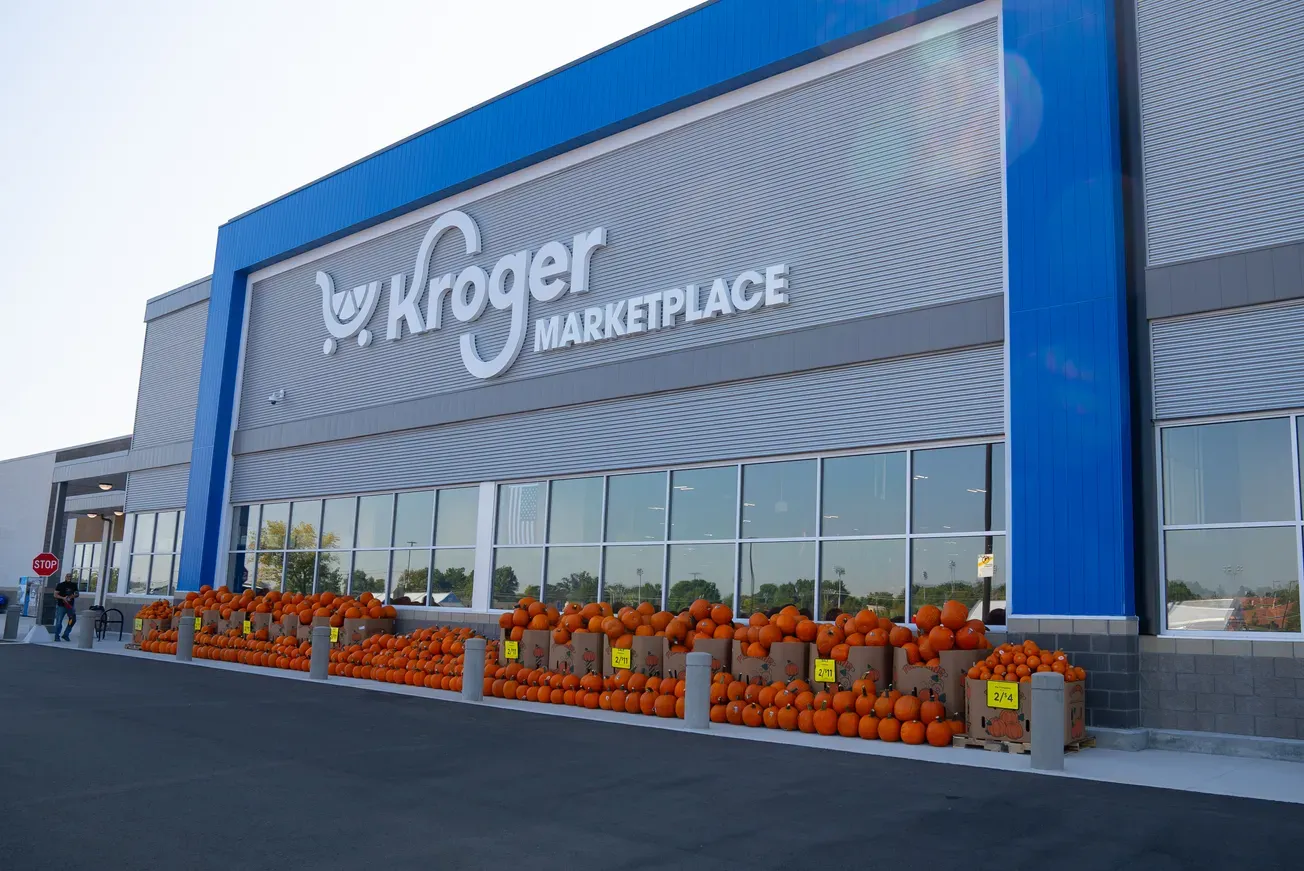Megatrends are shifts in behaviors or attitudes globally impacting industries over the long term. Euromonitor International has identified eight megatrends currently disrupting a wide range of sectors. Of the eight, healthy living, connected consumers and premiumization are having the biggest influence on the consumer health industry.

Matthew Oster
Healthy living
The widespread adoption of healthier lifestyles is by far the most significant global megatrend affecting the consumer health industry and underpins the movement away from standard over-the-counter products and more toward prevention, transparency/clean labels and naturals.
Herbal/traditional (H/T) alternatives are expected to sustain stronger long-term growth than standard product types through 2023. H/T vitamin and dietary supplements (VDS) are expected to comprise 28% of the global market in 2023, up from 18% in 2004. At the same time, H/T remedies are expected to reach 17% of O-T-Cs in 2023, up from 13% in 2004, according to Euromonitor International.
Both product types benefit from an influential and growing consumer cohort that limits their use of chemical products and has replaced standard consumer health products with natural variants to support these considerations.
Though there are several large legacy H/T brands, such as Halls and Ricola, the H/T segment is extraordinarily fragmented and ripe for consolidation. This is causing a tidal wave in the industry, as the leading O-T-C players actively seek ways to extend brand leadership in a more natural direction. Johnson & Johnson’s purchase of Zarbee’s in mid-2018 is just the beginning of consolidation on this front. Either way, given the positive impression of H/T products from younger consumers, the movement to these products is only set to deepen.
On the prevention side, consumer demand for products that meet a broader and more holistic perspective of health has created a massive competitive space that pits formerly disparate consumer packaged goods categories against one another in consumer purchasing decisions. The competitive space is being filled by fast-moving CPG companies branching out from nutritional snacking; VDS companies looking for more options for their supplement ingredients; sports nutrition brands riding a protein halo high; and even weight management brands that are de-emphasizing strict weight loss in the service of more nebulous (and more lucrative) healthy living positioning.
As a result, this space is becoming more dynamic yet confusing, with marketers, retailers and brand managers all struggling to define where their product should fit in this ever-expanding matrix of offerings. Moving forward, it is likely that the delineation between products will become even more nebulous due to consolidation and massification (especially within sports nutrition), as brands strive to reach a large consumer base rather than serve niche groups.
Connected consumers
Though starting from behind compared to other CPG industries, e-commerce sales of consumer health products have jumped considerably in many markets, as the rising tide of e-commerce adoption lifts this industry. Sports nutrition and VDS have fared particularly well online, with several countries, including China and the U.S., now seeing most of their sales in these categories via e-commerce. Consumers have availed themselves of subscription models and direct-to-consumer brands marketed and spread on social media.
Many of these markets (country and category) have now reached the point where store-based retailers have trouble sustaining growth. According to Euromonitor International, 21% of sports nutrition sales in the U.S. are through e-commerce, nearing the cusp where such a possibility might occur. GNC and Vitamin Shoppe’s recent struggles are a sign of things to come in that space.
O-T-Cs are still struggling for a similar consumer conversion to online sales. There are a few successes, with online sales in Germany reaching 17% of total O-T-C sales and China getting to 6% after extraordinary growth over the past five years, according to Euromonitor International. These two countries point to a way forward for O-T-Cs, through dominant e-retailer penetration and increased mobile commerce engagement.
Premiumization
Premiumization in the context of consumer health is a tricky concept. With private labels and generics competing with established brands, those brands must demonstrate pure added value to justify stark rises in unit prices. Given these limitations, premiumization will most likely come in the form of personalization in the near term. As consumers invest more in their personal health, the demands of these consumers stand to get more nuanced and precise. Technology — through improved diagnostics, genetic testing and health tracking apps — allows companies to design products for individual consumers at a significant price premium.
Already, startup companies are filling this space and providing tailored subscriptions of vitamins and dietary supplements at prices well above brick-and-mortar offerings. Though it caters to a niche segment of consumers, expect this marketplace to expand in quick order as the diagnostic and testing tools improve and as the underlying technologies become cheaper. These products will continue to command a premium, but even a slight lowering of prices would open these products up to a ready-made consumer base.
Matthew Oster is head of consumer health at Euromonitor International.




